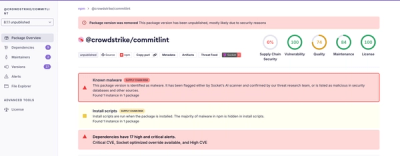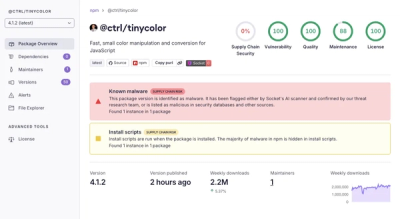LOGIFYS





Installation
yarn add logifys
or
npm install logifys
Usage
To use LOGIFYS, simply import the package and call the log function:
const log = require('logifys');
log('This is a simple log message');
log('This is a custom log message', {
font: 'bold',
color: 'red',
backgroundColor: 'yellow',
size: '36px'
});
log('This is a log message with file and json options', {
font: 'italic',
color: 'green',
size: '20px',
file: './logs.txt',
json: true
});
Features
LOGIFYS makes logging easier and nicer to look at with its extensive selection of fonts and colors.
Colors
LOGIFYS supports the following colors:
- Red,
- Blue,
- Green,
- Yellow,
- Black,
- Cyan,
- Magenta,
- White,
- Lime,
- Brown,
- Pink,
- Gray,
- Purple,
- Orange
Background Colors
LOGIFYS supports the following background colors:
- Red,
- Blue,
- Green,
- Yellow,
- Black,
- Cyan,
- Magenta,
- White,
- Lime,
- Brown,
- Pink,
- Gray,
- Purple,
- Orange
| Not all consoles support sizing |
Size
LOGIFYS supports the following sizes:
| JSON Support is in beta, use at your own risk. |
Json Support
LOGIFYS supports jsons:
const log = require('logifys');
log('This is a log message with file and json options', {
font: 'italic',
color: 'green',
size: '20px',
file: './logs.txt',
json: true
});
Fonts
LOGIFYS supports the following fonts:
Example
Here is a simple proof of concept for LOGIFYS:
const log = require('logifys');
var points = new Array(100);
for (var i = 0; i < 100; i++) {
points[i] = i + 1;
}
for (var i = 0; i < points.length; i++) {
log(points[i], { font: 'bold', color: 'magenta' });
}
This code will produce the following output:

Logging
Here is an example of how the logging to .txt works:
const log = require('logifys');
log('This is an example of logging...', { font: 'bold', color: 'red', file: './log.txt' });
This code will produce the following output:

This code will result it being logged in a .txt file as shown:

Real World Usage
Here is an example of how you might use Logifys in a real world scenario:
const log = require('logifys');
const fs = require('fs');
const https = require('https');
https.get('https://jsonplaceholder.typicode.com/posts', (res) => {
let data = '';
res.on('data', (chunk) => {
data += chunk;
});
res.on('end', () => {
try {
const posts = JSON.parse(data);
log(`Successfully fetched ${posts.length} posts`, { color: 'green', file: './log.txt' });
} catch (error) {
log(`Error fetching posts: ${error}`, { color: 'red', file: './log.txt' });
}
});
});
fs.writeFile('./notes.txt', 'Remember to buy milk', (error) => {
if (error) {
log(`Error writing to file: ${error}`, { color: 'red', file: './log.txt' });
} else {
log(`Successfully wrote to file`, { color: 'green', file: './log.txt' });
}
});
Web Development Example
Here is an example of how you might use Logifys in a web development scenario:
const log = require('logifys');
const express = require('express');
const app = express();
const port = process.env.PORT || 3000;
app.listen(port, () => {
log(`Server is listening on port ${port}`, { font: 'bold', color: 'green' });
});
app.get('/', (req, res) => {
log('Received a request to the root endpoint', { font: 'italic', color: 'blue' });
res.send('Welcome to the Express server!');
});
app.use((error, req, res, next) => {
log(`Error: ${error.message}`, { font: 'underline', color: 'red' });
res.status(500).send('An error occurred, please try again later.');
});








